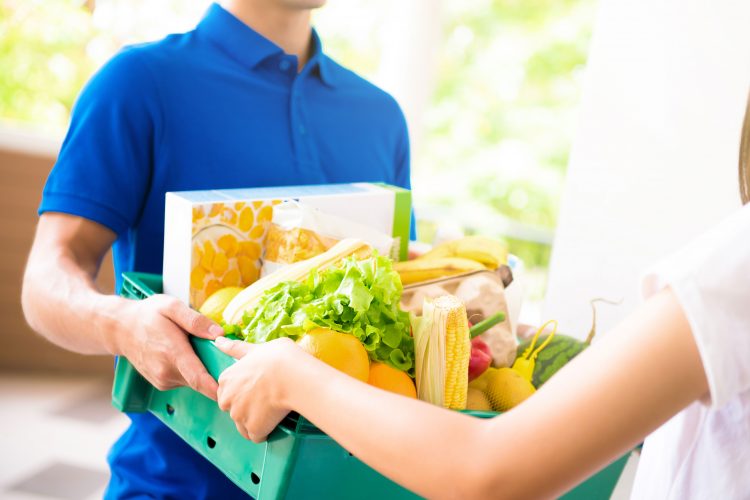Investigating human behaviours – new ways to hook consumers
- Like
- Digg
- Del
- Tumblr
- VKontakte
- Buffer
- Love This
- Odnoklassniki
- Meneame
- Blogger
- Amazon
- Yahoo Mail
- Gmail
- AOL
- Newsvine
- HackerNews
- Evernote
- MySpace
- Mail.ru
- Viadeo
- Line
- Comments
- Yummly
- SMS
- Viber
- Telegram
- Subscribe
- Skype
- Facebook Messenger
- Kakao
- LiveJournal
- Yammer
- Edgar
- Fintel
- Mix
- Instapaper
- Copy Link
Posted: 27 October 2021 | Bethan Grylls (New Food) | No comments yet
New Food’s Editor Bethan Grylls explores how the pandemic has influenced consumer purchasing behaviour and the new opportunities that have come as a result.


Sat in a supermarket café, my friend turned to me and said: “The psychology of food placement in store is fascinating.”
I asked him to elaborate: “The way in which premium products sit at eye level, alcohol is positioned at the back forcing you to walk through the whole supermarket, and how bread often begins your journey and the aroma of freshly baked goods welcomes you.”
It made me consider the pandemic and the way in which it influenced our purchasing decisions. Ordinarily, a shift in behaviour takes time but, on this occasion, there wasn’t any time to mull it over. The industry was presented with a unique opportunity to instigate change – immediately. And as we continue our embarkation to the ‘new normal’, some of the different habits we have adopted will remain.
For example, two-thirds of Brits have made changes to their shopping baskets since lockdown, with the younger generation switching out the most items. But it’s not just what we buy that’s changed, it’s how. In our latest issue of New Food (Issue 5 2021) we find out about Arla’s e-commerce evolution and the ways an online store differs from a brick and mortar one. Consumers go from spending around 43 minutes on foot, to just 15 on screen – there’s no opportunity here to influence a consumer’s direction with strategic product placement; no nice smells to entice them – it’s a completely different ball game.
It may be that the momentum of online shopping has slowed down, but the pace of the e-commerce sector is quickening. We’ve seen a strange period of change lately, but it’s evident that more is yet to come. Competition will intensify and the importance of differentiation and knowing your audience will become ever more crucial.
It’s also worth noting the behavioural changes in the industry as well as consumer buying patterns. In the past we have seen crises evoke positive change, as John Carter from Ferrero mentions in his article on crisis management (page 26 of Issue 5 2021). It’s a sad truth that it sometimes takes a tragedy for change to happen; consider the death of Natasha Ednan-Laperouse and the newly implemented allergen law on items for PPDS in the UK.
We have seen the adoption of food safety culture and the start of radical transparency; certainly, there has been a shift in the way we assess and deal with risk in the industry and among consumers. Our unconscious bias can have a huge impact on the way we approach things too, including food safety (see page 30 Issue 5 2021), which is why food safety culture only works when it’s implemented across an entire workplace. You only need look at the way some hoarded toilet paper at the beginning of the pandemic, or the panic buying of petrol in the UK more recently, to see how the actions of others can influence us.
I don’t have a crystal ball, but I think it’s safe to say that behaviour will always play a crucial role in food and drink. The one thing I cannot predict is the role future experiences will have on our behaviour. The industry will need to keep on its toes!







